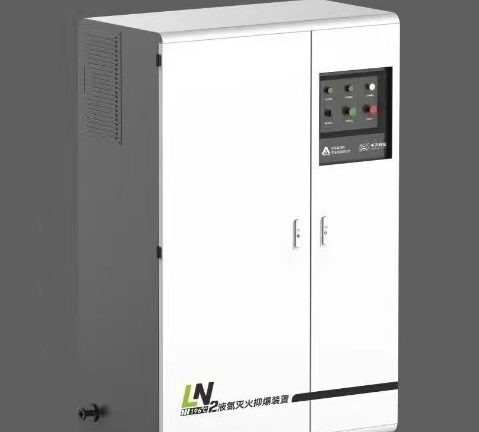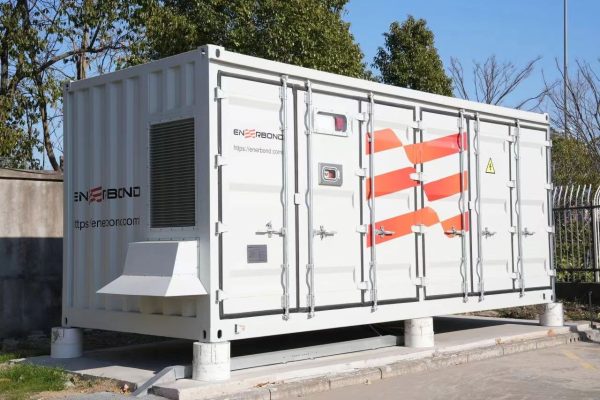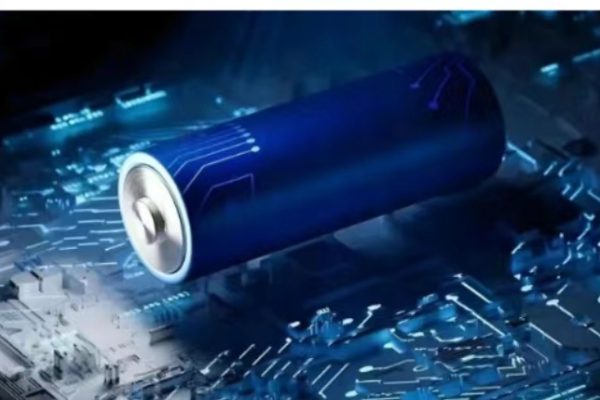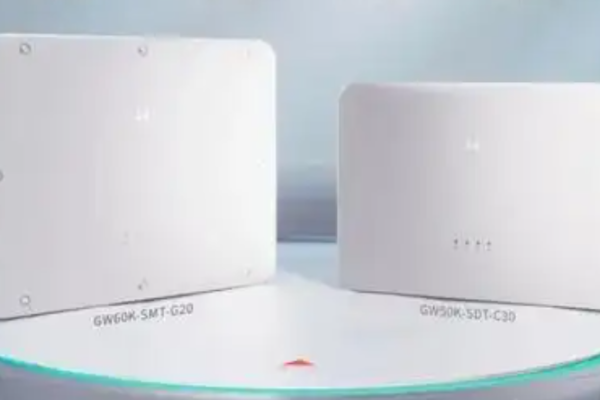The Backbone of Reliable Solar + Storage System Integration
When integrating energy storage with solar inverters, the importance of communication protocols is often underestimated. Two of the most widely used protocols in the solar + ESS ecosystem are CAN (Controller Area Network) and RS485. These low-level communication systems enable batteries, inverters, and monitoring devices to talk to each other — and choosing the right one (or understanding both) is essential for reliable operation, seamless integration, and remote monitoring.
This article will walk you through:
- The basic differences between CAN and RS485
- When each protocol is used in inverter-battery systems
- Compatibility and integration tips for installers and exporters
1. What Is RS485?
RS485 is a serial communication standard used in many industrial and building automation systems. It allows multiple devices to share a two-wire differential signal line, with simple data transmission at relatively low speeds over long distances (up to 1200 meters).
Key Features:
- Multi-drop support (up to 32 devices on one bus)
- Simple wiring (twisted pair)
- Common in inverter-to-BMS and inverter-to-monitor connections
- Open and flexible, but lacks error-handling robustness
2. What Is CAN?
CAN Bus was originally developed for automotive systems and is now widely used in energy storage. It’s a more robust protocol designed for real-time communication between microcontrollers, with advanced error handling and prioritization.
Key Features:
- Fast and reliable (up to 1 Mbps, low latency)
- High noise immunity
- Used in most lithium battery BMS systems today
- Supports complex messaging, e.g. detailed battery telemetry, alarms
3. Where Are These Protocols Used in ESS?
| Device Connection | Common Protocol |
|---|---|
| Inverter ↔ Battery BMS | CAN or RS485 (depends on brands) |
| Inverter ↔ Meter | RS485 (Modbus RTU) |
| Inverter ↔ EMS Controller | RS485 or Ethernet |
| Battery Module ↔ BMS | CAN |
Note: Many lithium battery brands (especially LFP types) now rely on CAN as default, especially for high-voltage stacks or rack systems.
4. CAN vs RS485: Which One to Use?
| Feature | RS485 | CAN |
|---|---|---|
| Speed | Up to 115 kbps | Up to 1 Mbps |
| Distance | Up to 1200m | Up to 40m (typical) |
| Device Count | 32 devices (with repeaters) | Usually up to 16 nodes |
| Error Handling | Basic | Advanced |
| Use Case | Meters, inverters, EMS | Battery BMS, EVs, real-time data |
5. Tips for Installers and Traders
- Always check protocol compatibility when mixing brands (e.g., BYD battery with Growatt inverter may use CAN with specific firmware).
- Don’t mix RS485 and CAN lines — they require different connectors and protocols.
- Use shielded twisted pair cables for both protocols to reduce noise.
- Some inverters (like Deye, Luxpower, Victron) support both RS485 and CAN, but configuration must be set manually.
- If your system isn’t working, check baud rate, device address (for RS485), and CAN termination resistors.
6. Protocol and Export Considerations
For exporters and OEM integrators:
- Label each port clearly: “CAN to Battery”, “RS485 to Meter”
- Provide a pinout diagram or wiring guide
- Ensure documentation lists supported BMS protocols (e.g., Pylontech CAN, LG RS485)
- Offer tech support to help clients match inverter and battery communication
RS485 and CAN may seem invisible, but they’re foundational to the stability and intelligence of any PV+ESS system. Understanding the strengths and roles of both protocols will help small installers avoid communication faults and help exporters deliver truly compatible, ready-to-run solutions.









